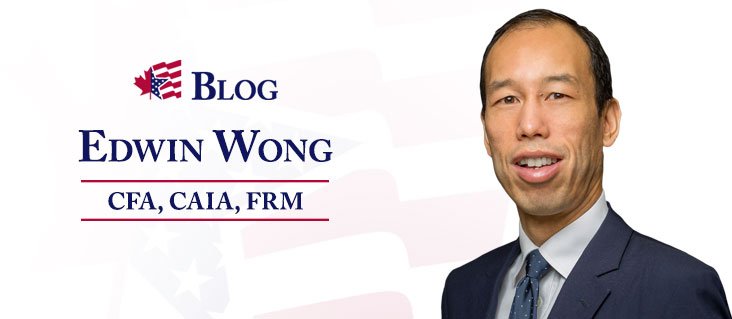Most investors are familiar with investing in individual stocks and bonds. While these “traditional” asset classes continue to play a key role in asset allocation, a portfolio consisting solely of stocks and bonds in today’s low-yield environment may possess undue risk. Having a portion of the portfolio allocated to a third asset class called “alternatives” may help mitigate portfolio risk.
Alternatives include, but are not limited to, investments and strategies such as hedge funds, real estate, private equity, infrastructure, and farmland. These strategies can help with portfolio risk management because their risk and return profiles are typically different than those of the publicly traded equity and fixed income markets due to the lower or negative degrees of correlation that they generally have with traditional stocks and bonds. Recall that correlation is a measure of how two items relate to one another, so “low to negative degrees of correlation” means that when traditional assets fall, alternative strategies may not fall as much, or they may even rise, depending on the strategy.
In addition to the risk management benefits of alternatives, they also provide exposure to more specialized areas of the market, so their return profiles are also generally different than those of stocks and bonds. Prospective investors anticipating or expecting consistently high positive returns, year-over-year, however, will be disappointed as there can, and will be, negative returns associated with alternative investments and strategies.
Alternatives also typically have their own complex and unique risks, which can include liquidity risk (since capital lock-up periods are common), exposure to more specialized and niche markets where informational asymmetry exists, the use of more opaque investment vehicles such as derivatives or structured products, and higher investment management fees and/or performance fees.
In my experience, portfolio allocations to alternative strategies for private clients typically range from 0 – 40%, depending on how such allocations fit with a client’s long-term strategic investment objectives for their portfolio(s) and the level of risk that they’re willing to accept.
Clients need to be comfortable with an investment strategy that includes alternatives and understand why and how certain strategies are aligned with their objectives and risk tolerance. Our team at MCA Cross Border Advisors can consult with you to provide an independent review and analysis of your investment portfolio and how its risk profile may be reduced.
[su_button size=”6″ url=”https://mcacrossborder.com//consultation/” background=”#10155e”]Request a Consultation[/su_button]
——–
MCA Cross Border Advisors, Inc. is a registered investment adviser. Information presented is for educational purposes only and does not intend to make an offer or solicitation for the sale or purchase of any specific securities, investments, or investment strategies. Investments involve risk and, unless otherwise stated, are not guaranteed. Be sure to first consult with a qualified financial adviser and/or tax professional before implementing any strategy discussed herein. Past performance is not indicative of future performance.

